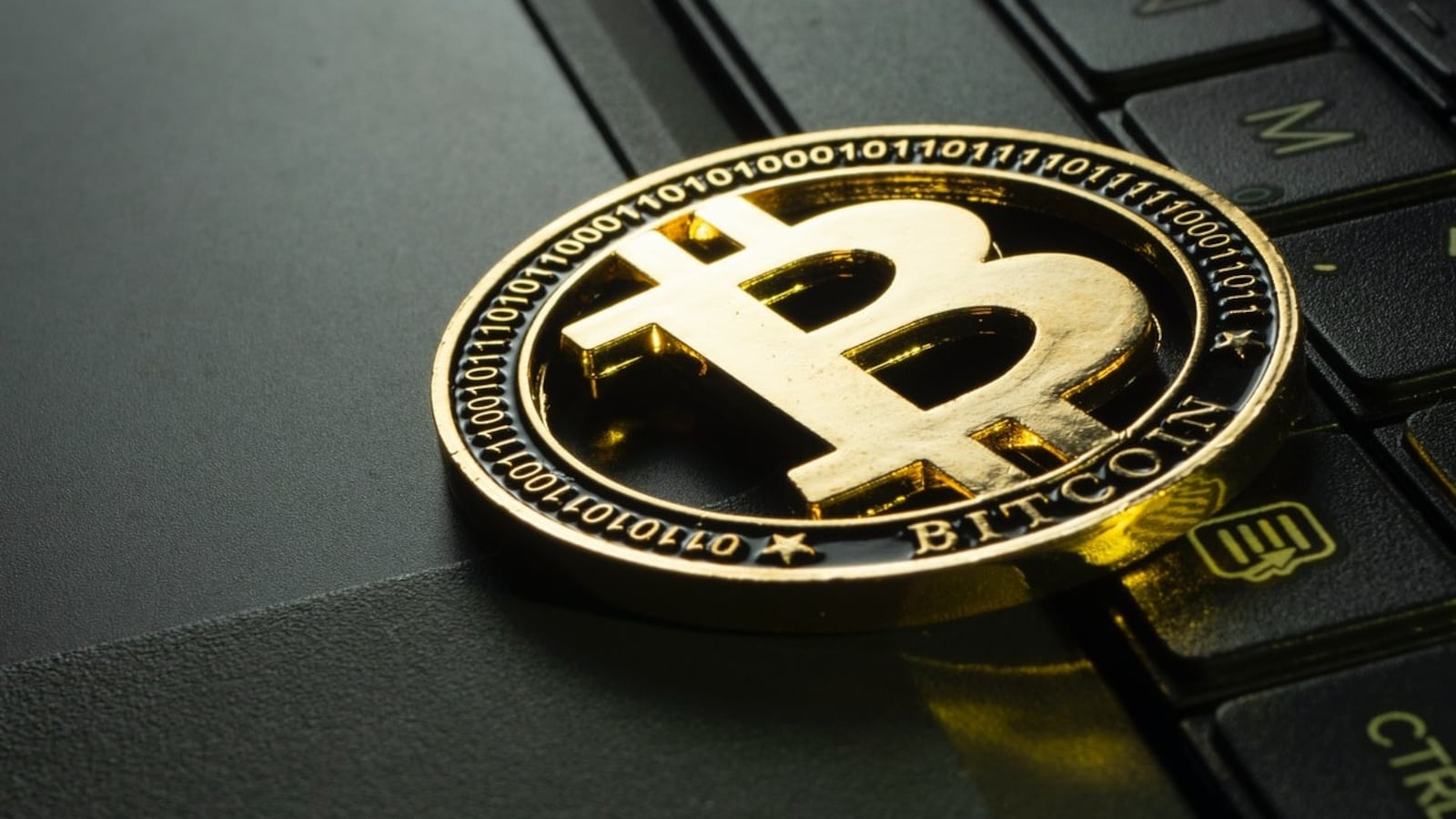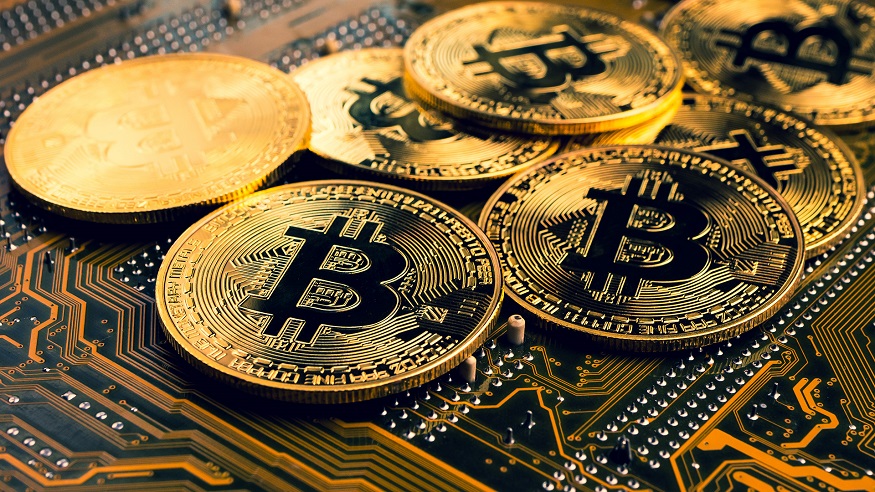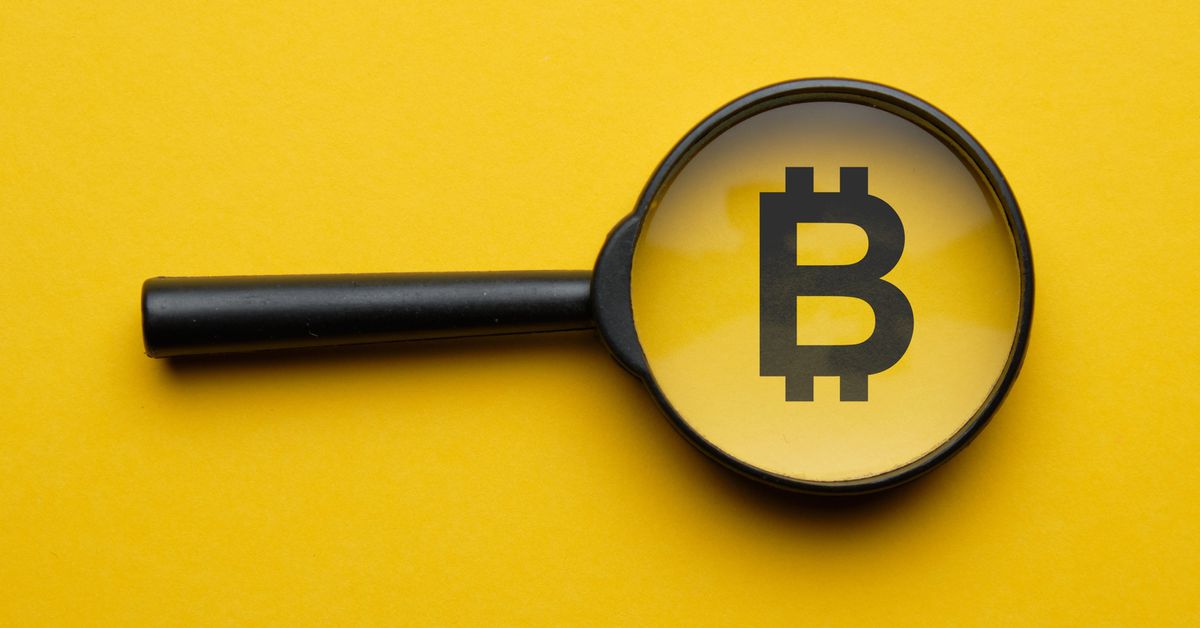What is a Bitcoin?
Bitcoin is more than a cryptocurrency used for payments or as an investment. There is an entire ecosystem at work behind a cryptocurrency. In fact, many such ecosystems are at work on the internet today, but because Bitcoin was the first, it’s useful to understand how it functions.

So how does Bitcoin work?
Bitcoin is a decentralized digital currency that operates without the need for a financial system or government authorities. It utilizes peer-to-peer transfers on a digital network that records all cryptocurrency transactions. This network is powered by the blockchain, an open-source code that pairs (or chains) blocks of transaction histories to prevent manipulation.
Because these transfers are confirmed directly between users and are located on a shared public ledger, Bitcoin eliminates the need for central facilitators, like governments and banks, to verify currency transactions.
Learn what’s going on behind the scenes in the Bitcoin network to help you further your understanding of this digital phenomenon and how it influences the world’s finances.
The Bitcoin Blockchain
The Bitcoin blockchain is a database of transactions secured by encryption and validated by peers. Here’s how it works. The blockchain is not stored in one place; it is distributed across multiple computers and systems within the network. These systems are called nodes. Every node has a copy of the blockchain, and every copy is updated whenever there is a validated change to the blockchain.
The blockchain consists of blocks, which store data about transactions, previous blocks, addresses, and the code that executes the transactions and runs the blockchain. So, to understand the blockchain, it’s important first to understand blocks.
Blocks
When a block on the blockchain is opened, the blockchain creates the block hash, a 256-bit number that encodes the following information:
- The block version: the Bitcoin client version
- The previous block’s hash: the hash of the block before the current one
- The coinbase transaction: the first transaction in the block, issuing the bitcoin reward
- The block height number: how far away numerically the block is from the first block
- Merkelroot: A 256-bit number that stores the information about all previous blocks
- Timestamp: the time and date the block was opened
- The target in bits: the network target
- The nonce: a randomly-generated 32-bit number
Queued transactions are entered into the block, the block is closed, and the blockchain creates the hash. Each block contains information from the previous blocks, so the blockchain cannot be altered because each block is “chained” to the one before it. Blocks are validated and opened by a process called mining.

Bitcoin Mining
Mining is the process of validating transactions and creating a new block on the blockchain. Mining is conducted by software applications that run on computers or machines designed specifically for mining called Application Specific Integrated Circuits.
Bitcoin’s protocol will require a longer string of zeroes depending on the number of miners, adjusting the difficulty to hit a rate of one new block every 10 minutes. The difficulty—or the average number of tries it takes to verify the hash—has been increasing since Bitcoin was introduced, reaching tens of trillions of average attempts to solve the hash.1 As this suggests, it has become significantly more difficult to mine Bitcoin since the cryptocurrency launched.
Keys and Wallets
A common question from those new to Bitcoin is, “I’ve purchased a bitcoin, now where is it?” The easiest way to understand this is to think about the Bitcoin blockchain as a community bank that stores everyone’s funds. You view your balance using a wallet, which is like your bank’s mobile application.
If you’re like many people today, you don’t use cash very often and never see the money in your checking account. Instead, you use credit and debit cards, which act as tools to access and use your money. You access your bitcoin using a wallet and keys.
Keys
A bitcoin at its core is data with ownership assigned. Data ownership is transferred when transactions are made, much like using your debit card to transfer money to an online retailer. You use your wallet, the mobile application, to send or receive bitcoin.
When bitcoin is assigned to an owner via a transaction on the blockchain, that owner receives a number, their private key. Your wallet has a public address—called your public key—that is used when someone sends you a bitcoin, similar to the way they enter your email address in an email.
Wallets
A wallet is a software application used to view your balance and send or receive bitcoin. The wallet interfaces with the blockchain network and locates your bitcoin for you. The blockchain is a ledger with portions of bitcoin stored on it. Because bitcoin are data inputs and outputs, they are scattered all over the blockchain in pieces because they have been used in previous transactions. Your wallet application finds them all, totals the amount, and displays it
You should always use a reputable wallet provider, like a registered cryptocurrency exchange. Read reviews and research wallets to ensure you’re choosing one that is reliable.

Bitcoin Transactions
A bitcoin transaction happens when you send or receive a bitcoin. To send a coin, you enter the receiver’s address in your wallet application, enter your private key, and agree to the transaction fee. Then, press whichever button corresponds to “send.” The receiver must wait for the transaction to be verified by the mining network, which can take up to 30 minutes because transactions wait in a mining queue called the mempool.
The mempool is where transactions waiting to be verified go. The network, on average, confirms a block of transactions about every ten minutes, but not all new transactions go into the new block that is created. This is because blocks only hold a certain amount of information, and each transaction comes with a mining fee.
Transactions must meet the minimum transaction fee threshold to be processed, and the transactions with the highest fees are processed first. This is why you may hear about the problem of rising fees. Bitcoin is so popular that demand for transactions has increased, allowing (or requiring) miners to charge higher fees.
Once the fee is met, the transaction is transferred to a block, where it is processed. Once transaction information within the block is validated by miners, the block is closed, and all receivers collect their bitcoin. Both wallets display their appropriate balances, and the next transactions are processed.
Can Bitcoin Be Converted to Cash?
You can use some exchanges to convert your bitcoin to cash. There are also some ATMs—called Bitcoin Kiosks—that will allow you to withdraw cash in exchange for bitcoin.
/cdn.vox-cdn.com/uploads/chorus_asset/file/22770110/1234125833.jpg)











